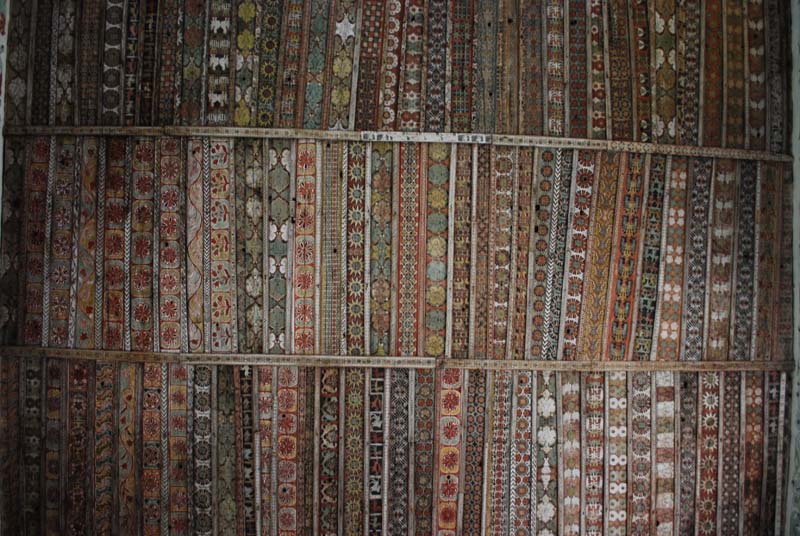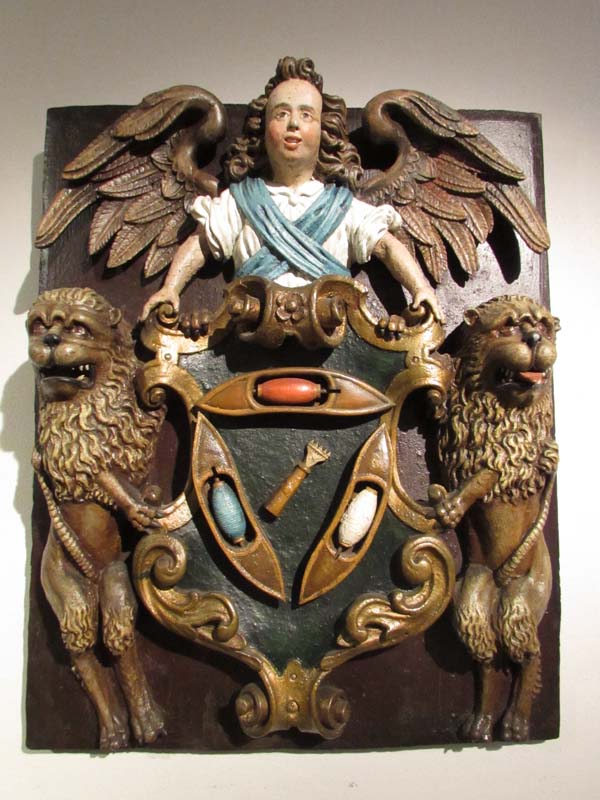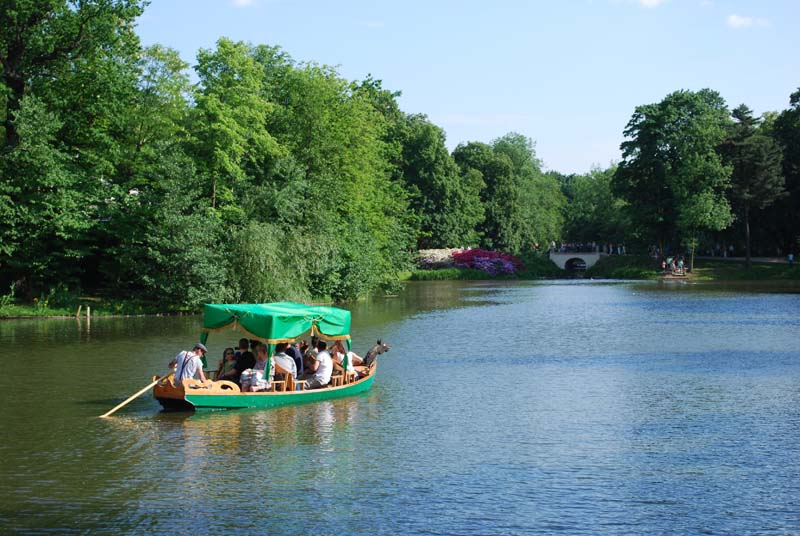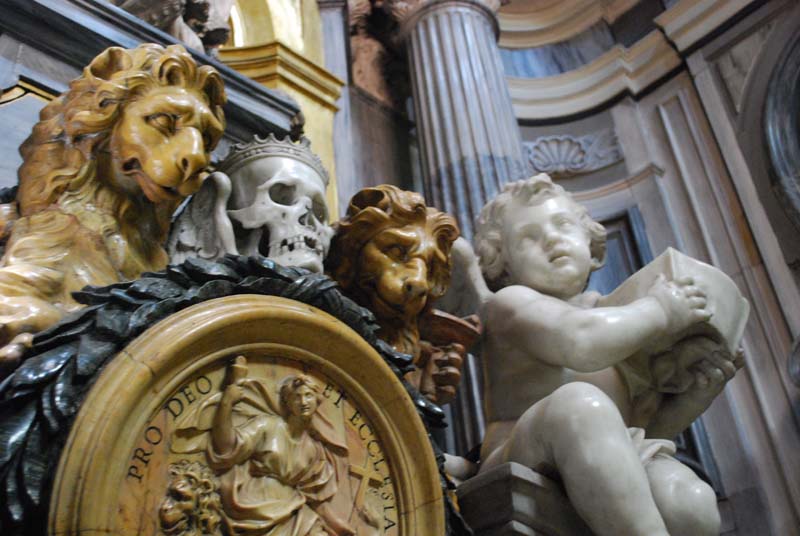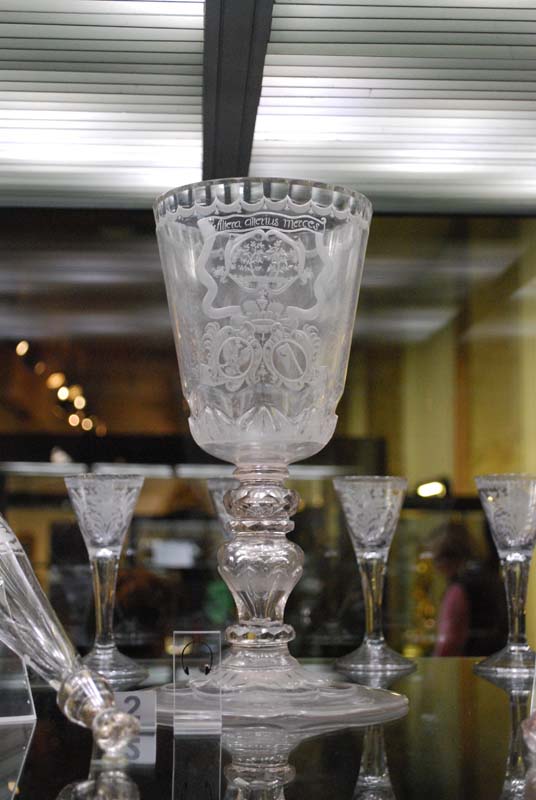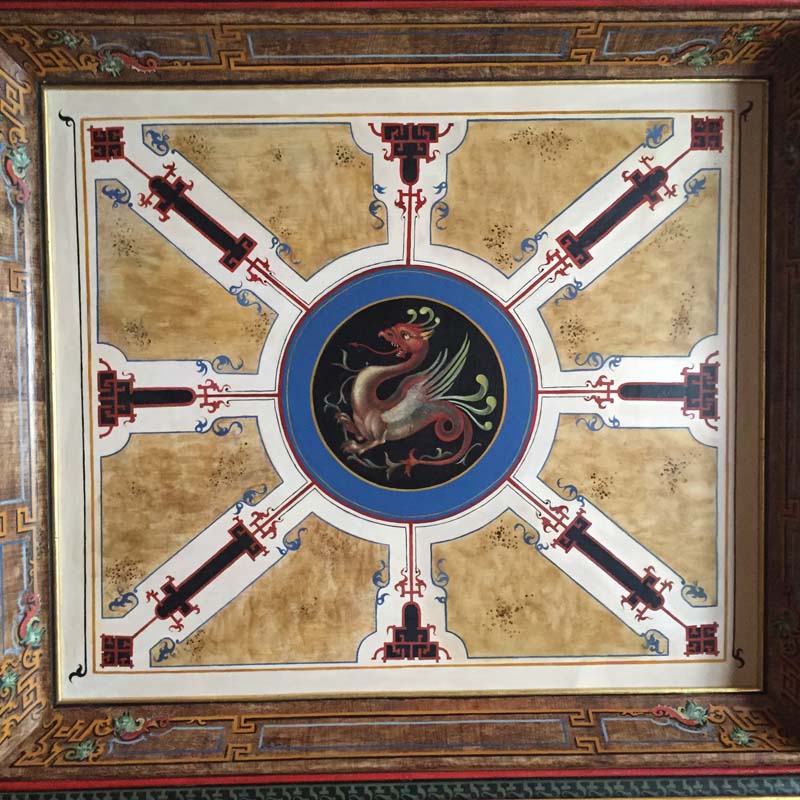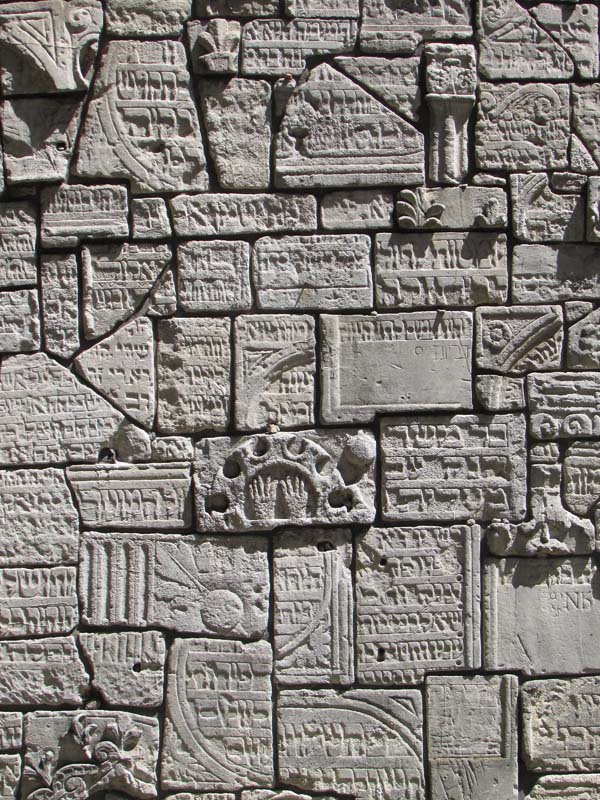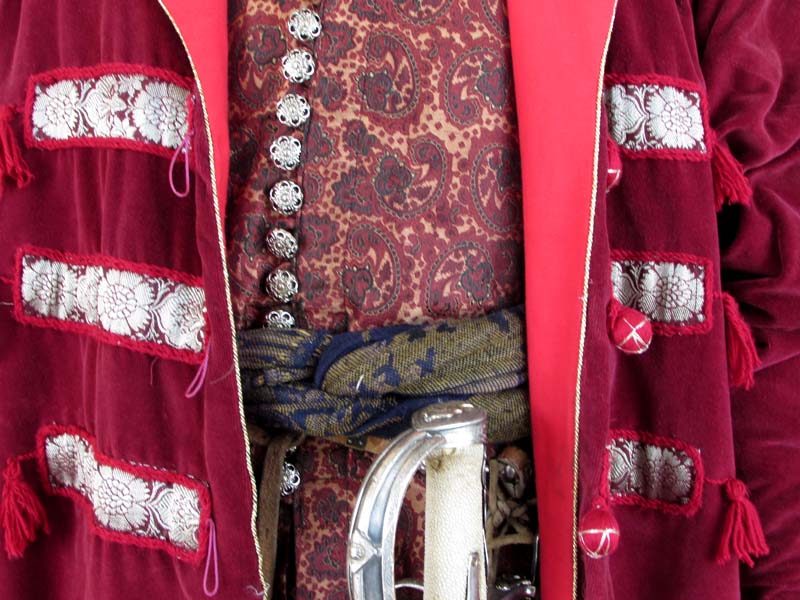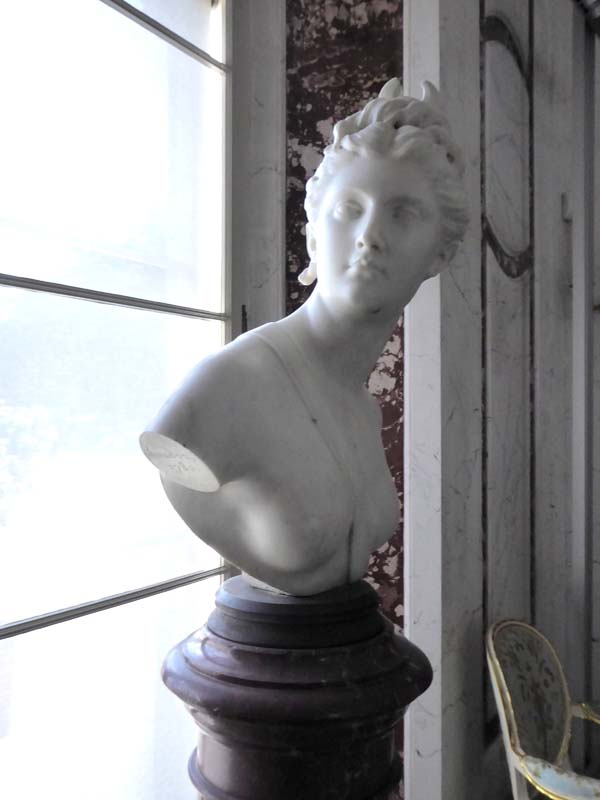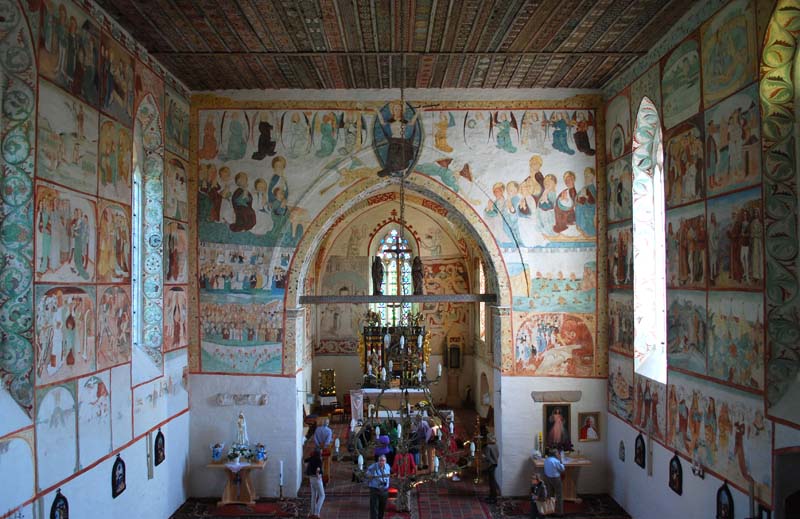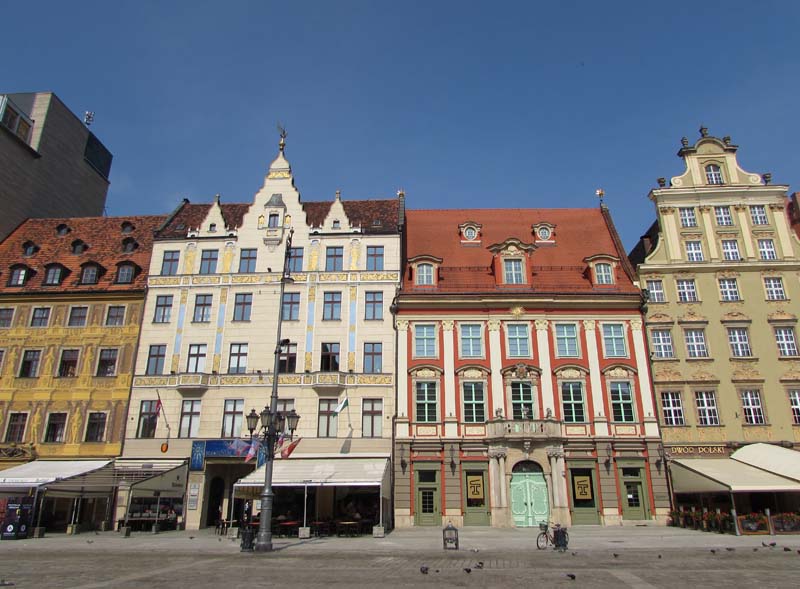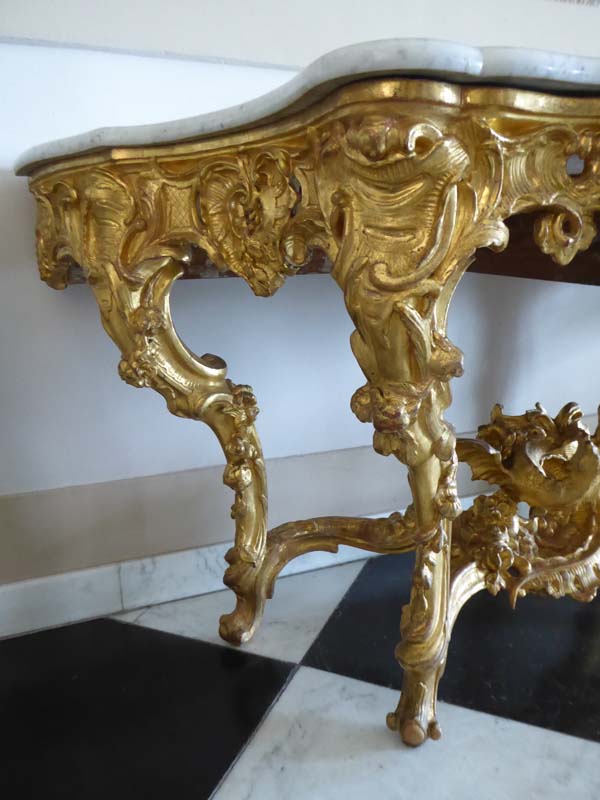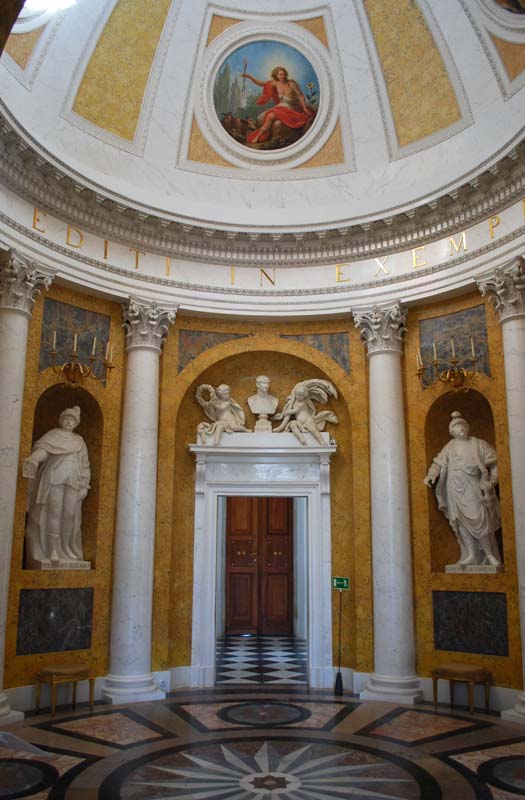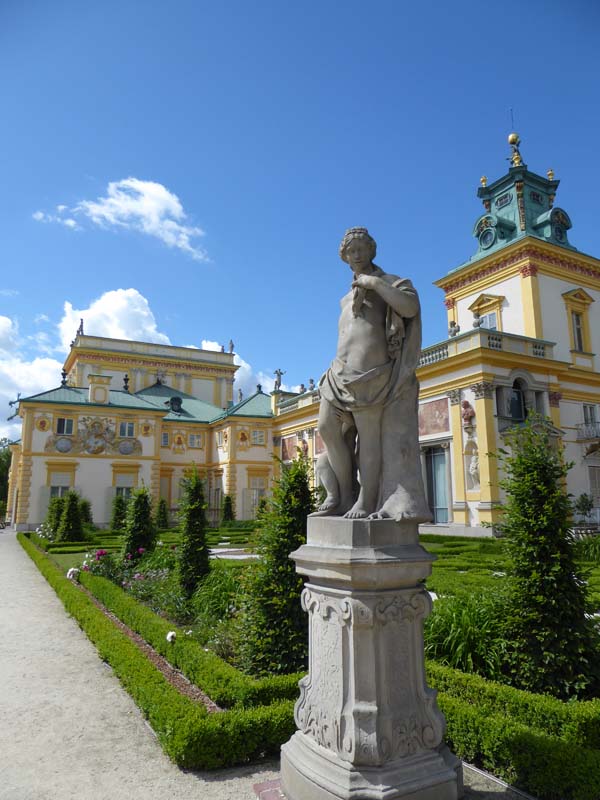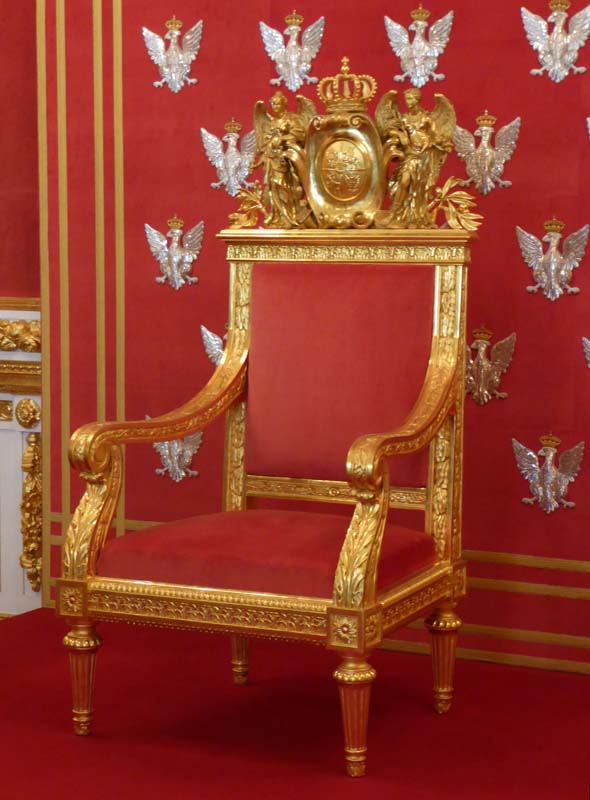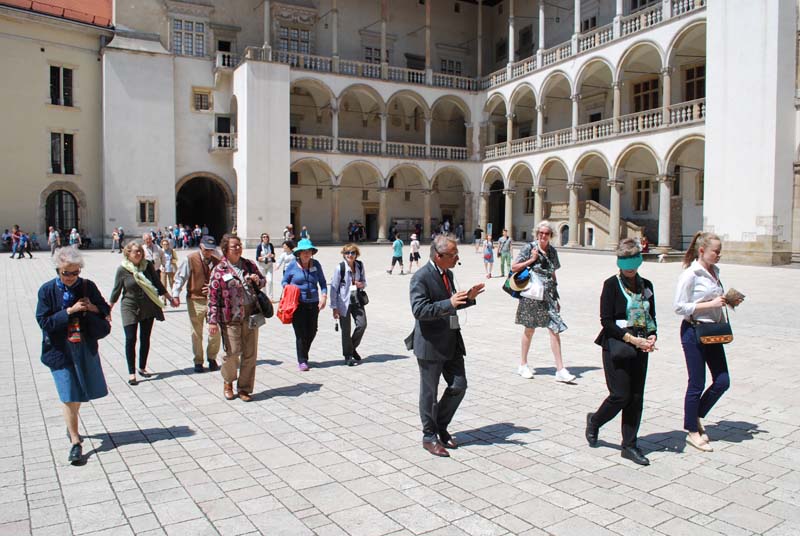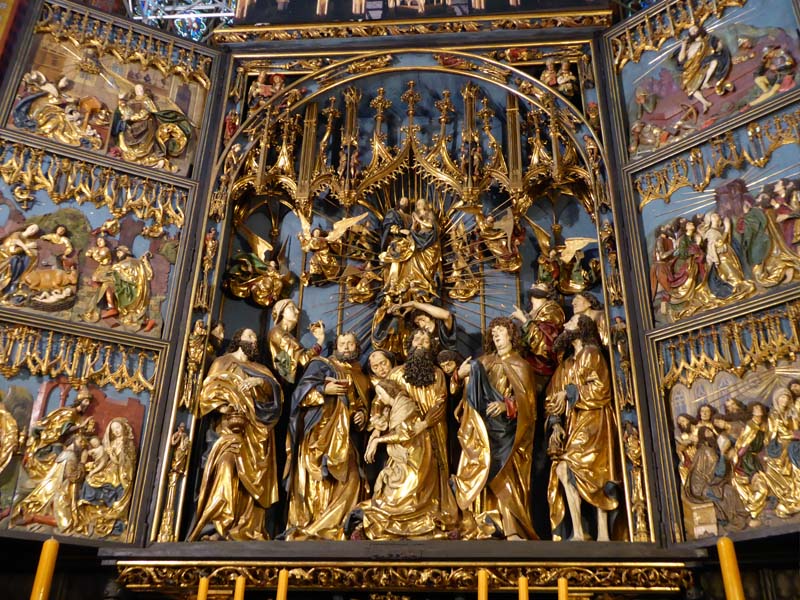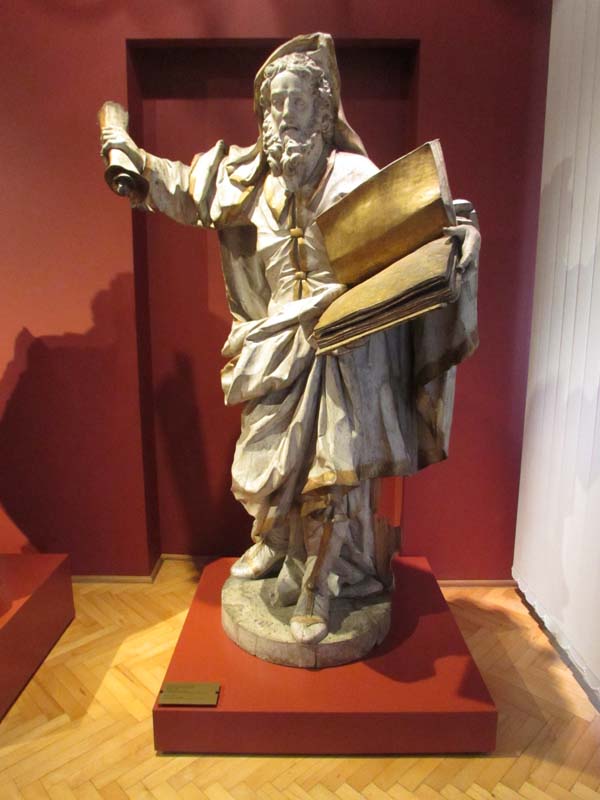Resilience, Rebuilding, and Reconciliation in Poland
EVENTS > STUDY TRIPS ABROAD
STUDY TRIP ABROAD 2016 IN REVIEW
For many Americans, perceptions of Poland have been shaped by the tragic elements of the country’s modern history. With no natural borders and a location between major European powers, the country has been all-too-frequently decimated by war. In times of peace, however, Poland has found itself at a strategic point for trade in agricultural products, commercial goods, and cultural influences. During the 17th and 18th centuries, the nobility built cities and palaces that rivaled the most impressive in Europe. Today, after more than a quarter century of peace and open access to the rest of the world, Poland is again coming into its own as an economic and cultural force.
It is impossible to talk about travel to Poland without fully acknowledging the trauma endured during the 20th century, and particularly in the midst of the Second World War. The human cost of the conflict was staggering: six million people, about one-fifth of the entire country’s population, perished in just under six years. Ninety percent were civilians. The war left scars on the country’s civic and cultural landmarks as well. Wroclaw was largely decimated, although a few key buildings, including City Hall and the University’s Aula Leopoldina, survived in part. Eighty-five percent of the historic center of Warsaw was leveled by the Nazis in response to a 1944 uprising. Kraków only escaped wholesale destruction by the sudden arrival of Soviet troops before the Nazis had a chance to inflict significant damage.
Museums, private collections, and churches throughout the country were systematically plundered of their valuable works of art and furnishings. Today, over 63,000 objects taken from Poland by the Nazis and Soviets remain missing. The Polish Ministry of Culture and National Heritage maintains a digital catalog and exhibition of these missing works under the auspices of The Lost Museum website. A handful of objects return home each year, having been discovered by vigilant curators in an auction catalogue or foreign collection.
After World War II, museums across Poland were slowly reconstituted, and in some cases both facilities and collections were rebuilt entirely. Under the communist regime, fine and decorative arts were removed from private homes and churches and assembled at regional branches of the National Museum or reinstalled elsewhere. This diaspora occasionally poses interpretation problems: in some cases extant fixtures from one church were installed in a different parish across town or museum gallery in an effort to literally “fill in” collection gaps at sites deemed more significant.
Likewise, many of the palaces seen by the Trust contain comparatively few original furnishings. Key pieces survived thanks to the foresight of Polish curators fearing Nazi plundering. Today, much of what furnishes the former royal palace Lazienki and the Royal Castle of Warsaw are period-appropriate furnishings donated by collectors or foreign governments with the express purpose of reconstituting museums. As in many recreated historic interiors, they evoke what curators know to have been there, without actually being original to the site. Thus, many German, French, Italian, and English pieces stand in for what may have been Polish-made furniture or items acquired by families during the requisite grand tour.
Wilanow Palace is the rare exception in that all but four items have been returned to the house, allowing an accurate recreation of its pre-war appearance. A particularly surprising moment for our participants was learning that one of the palace’s original treasures, a gilded silver tray depicting the triumphal entry of King Jan III Sobieski into Warsaw after the siege of Vienna, was displayed on a commode bearing the cipher of Louis XIV of France.
Kraków in particular presented several instances where original artifacts have been returned to their rightful place. One of the many highlights of our tour was a private, after-hours viewing of the massive altarpiece in the Basilica of St. Mary. Carved by the heralded late-15th-century sculptor Viet Stoss, it is one of Poland’s most revered national treasures. Visitors typically only see the inner panels, but we had the privilege of viewing the outer panels before the altarpiece was opened to reveal the glorious interior. Removed to Nuremberg by the Nazis, Stoss’ magnum opus miraculously survived the heavy bombing of the castle where it was stored and was returned to the church by 1957.
Reconstituting and reconstructing Poland’s heritage is sometimes a tricky and painful process. Our last stop was Warsaw’s museum of historic interiors, housed in Otwock Palace, a baroque dwelling designed by the talented Dutch architect Tylman van Gameren, who enjoyed extensive patronage from Poland’s elite. Containing an intriguing array of Polish and European furniture and decorative arts, including travel cases, lace, metalwork, and porcelain, the museum is a small powerhouse of research under the guidance of talented curator Anna Feliks.
Otwock was confiscated from private owners during World War II, however, and descendants recently sued for its return. The Polish court ruled in their favor, and the museum will close its doors next spring, at which time the collection will be moved into storage, and Ms. Feliks will be left without a job. Sometimes there are no easy options for doing the right thing after a century of turmoil and upheaval. Other former private residences managed by the Polish government as museum properties, including Kozłowka, Łancut, Nieborow, and Wilanow, may follow suit in the years to come.
Our trip to Poland was an exercise in cultural immersion. The expert and enlightening commentary by longtime Polish resident Christine Rickards Rostrowska provided essential background and context throughout the tour. Krakow native Krzysztoff Kizel introduced us to the Jewish quarter in his hometown and offered insight into Poland’s current political situation. And a gifted community of curators, who have made impressive strides in the interpretation of the country’s remarkable material culture, supplied nine days of outstanding tours. Our experience was ultimately a testament to the resilience and courage of the Polish people in the face of unimaginable destruction. We hope those who love history, the arts, and culture will visit, for they will embark on a truly rewarding adventure.
Complete a digital puzzle from this trip on our Puzzles webpage!

